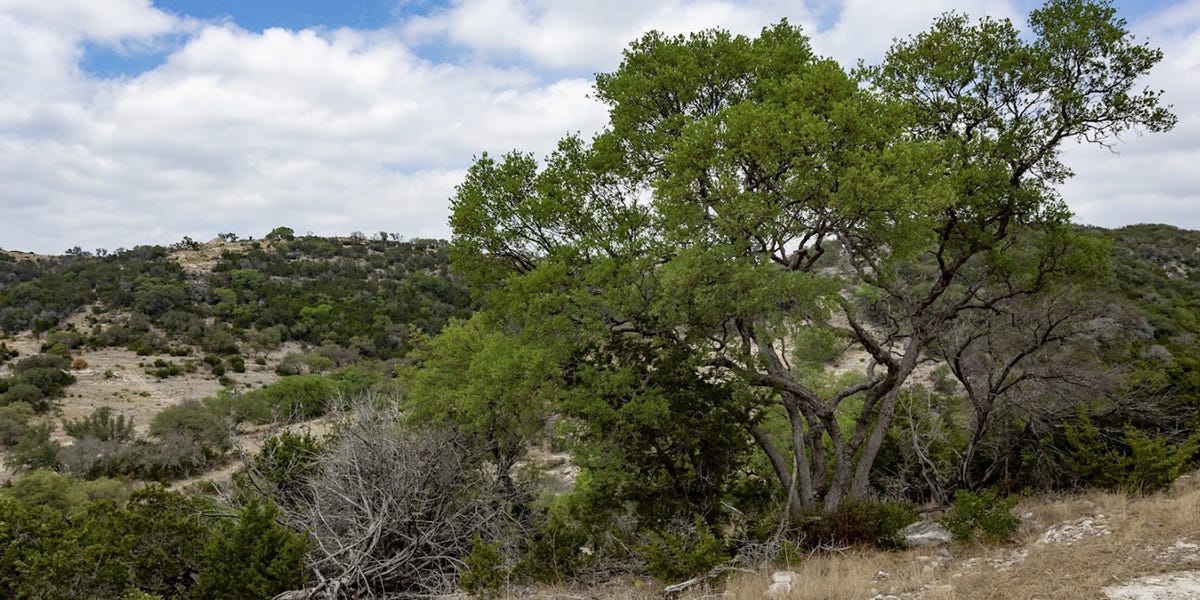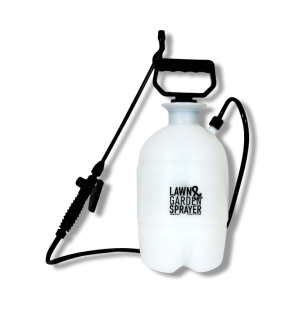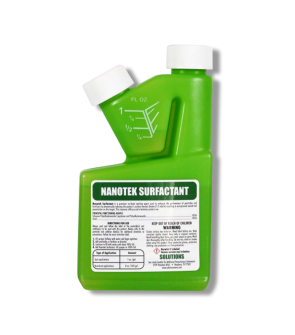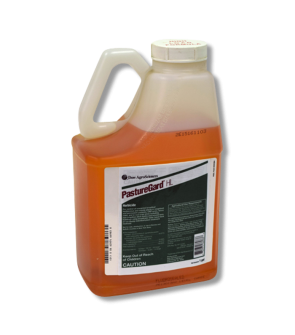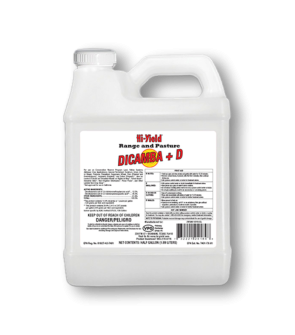Gain access to personalized product screening, the best pricing, rewards, and more!
Most Effective Products
Mesquite Control: How To Get Rid of Mesquite
Regarded as one of the worst weeds on rangelands due to its invasiveness, potential for spread, and economic and environmental impacts, mesquite has become a rising problem along much of the southwest United States. Mesquite is a large barrier to improving grazing and wildlife habitat for cattle operations.
While mesquite provides some benefits, such as cover and food for wildlife and livestock, unmanaged, it can quickly dominate an area, taking away the available forage space for livestock. Mesquite also robs the area of moisture.
Mesquite is so hard to control because it resprouts from the base of the plant. You can top-kill mesquite by cutting it, mowing, shredding, and burning it, but you will still not be able to kill the plant entirely. This can be frustrating for land managers who are having their livelihoods ruined by such a noxious plant.
If you have mesquite on your property and want it gone, we can help. Our lawn care experts have put together a DIY mesquite treatment guide that will show you how to eliminate this invasive tree using our professional-quality herbicides.
Identification

Before you can proceed with treatment, you must be certain that you are facing a mesquite infestation. Misidentification leads to using the wrong treatment method, which in turn wastes time and money.
- Mesquite can be a single-stemmed tree or multi-stemmed shrub from the legume family, and it looks bushier than tree-like. While there are 40 different mesquite species, most consist of branches that grow in a zig-zag shape, and they have very slender, feathery, and fern-like leaves. Mesquite has an extensive root system that can expand to almost 200 feet underground. Depending on the species, mesquite can grow 20 to 30 feet tall.
- Mesquite bears flowers called "catkins" that look like fuzzy clusters of pale green or creamy yellowish flowers that attract insects that pollinate. Their branches can be spiky and thorny and bear seedpods of beans.
Use our description and image above to help you identify mesquite in your landscape. If you are having trouble identifying mesquite, contact us. We will properly identify the tree for you and offer recommendations for the best professional products for control.
Inspection

Where to Inspect
Mesquite is a woody legume that can rapidly take over a landscape. It is known as a particularly big problem for cattle ranchers and is also commonly seen in desert areas. Walk the area to see where mesquite is growing; because of how unique it is, it will be hard to miss.
What To Look For
Observe the conditions of the area and the mesquite tree itself, assessing its growth level and the difficulty of carrying out a control approach. It would be best to look for mesquite seeds, which can disperse across rangeland from animals eating the seed and letting it pass through their digestive systems. Once this is done, you can proceed with treatment.
Treatment
Before applying chemical herbicides, properly protect your skin and eyes with safety equipment (goggles, gloves, and long-sleeved clothing).
We recommend using a selective herbicide like Dicamba Plus 2,4-D to kill mesquite. We suggest treating the mesquite via stem spray or leaf spray. It would be best to cut the tree down to the stump and then apply the Dicamba Plus 2,4-D Herbicide directly to the stem.
Mesquite with multiple basal stems would be better treated via leaf spray. The leaf spray method's only limitation is the plant's height. Larger mesquite would be harder to hand spray.
Step 1: Measure and Mix Dicamba Plus 2,4-D Herbicide

Calculate the square footage of the treatment area to determine how much Dicamba Plus 2,4-D herbicide you will need. Measure the treatment areas' length and width in feet, then multiply them together (length x width = square footage).
The label states that you should spray 4 pints of Dicamba Plus 2,4-D Herbicide per acre for each crop season. Total control of mesquite will take at least three consecutive crop seasons.
Step 2: Stem Spray Method
Cut the mesquite down to its stem or stump using a saw or ax. It's important to adjust your nozzle to deliver a coarse mist in a narrow cone when using the stem spray method. Lightly wet the mesquite trunk from the ground line, ensuring you wet the trunk on all sides.
Stem spray applications are effective at any time of the year. Multiple stems or roughly barked mesquite are more difficult to control. Dense grass around basal stems can reduce the efficiency of this method.
Step 3: Leaf Spray Method
Leaf sprays can be applied with various equipment, but the simplest is a basic pump-up sprayer or a backpack sprayer for larger trees. You could also hook up a spray rig to a truck. Regardless of the type, a cone nozzle is best for delivering a coarse spray.
With the leaf spray method, you spray the foliage lightly until the leaves glisten but not excessively to the point of runoff. However, spraying all parts of the plant is critical so that all the leaves have a few droplets of the herbicide.
For leaf spraying, a surfactant may also be necessary to add to the mixture so the product can stick better to the leaves. We recommend Nanotek Surfactant per finished gallon of solution.
Prevention
If control efforts are not followed up on, mesquite will likely reinvade. Persistence is the key. Prevent mesquite from returning with the following preventative techniques:
- Monitor your land closely to ensure that mesquite does not grow. While this may be cumbersome, it's easier to prevent Mesquite than to deal with it once it is established and growing.
Key Takeaways
What is Mesquite?
- Mesquite is an invasive tree that has become a major problem in rangelands. It can withstand fire, droughts, mowing, freezing, and insects.
How to Get Rid of Mesquite
- Our top recommendation for treating mesquite is a post-emergent treatment of glyphosate via stem spray or leaf spraying.
Prevent Mesquite Reinfestations
- Prevent mesquite regrowth by monitoring your land closely and killing any young plants that may be the start of new mesquite emergence. Persistence is the key.






